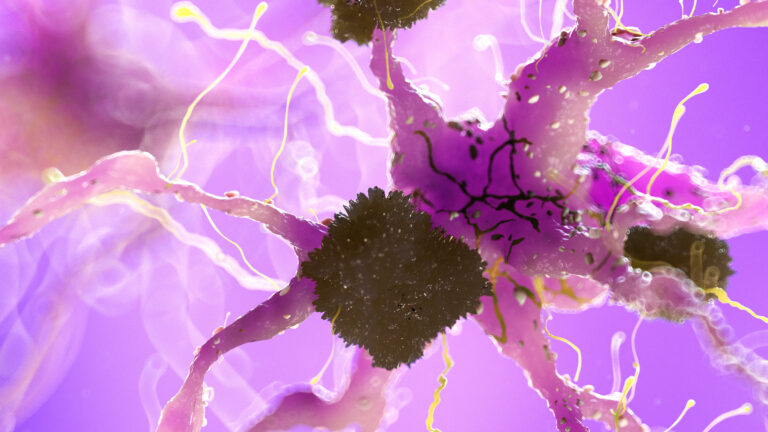Shorter scan protocols show promising effectiveness for dementia diagnosis, especially when combined with other diagnostic tools, but they are not yet a complete replacement for traditional, longer imaging methods.
Recent advances have introduced several brief, noninvasive brain assessment techniques that can detect early signs of dementia, including Alzheimer’s disease, with reasonable accuracy. For example, a three-minute brainwave test has been developed to identify memory impairments associated with mild cognitive impairment, a precursor to dementia. This test is quick, objective, and does not rely on language or cultural factors, making it practical for early detection. However, experts emphasize the need for longer-term studies to confirm its predictive value and suggest combining it with other biomarkers to improve accuracy.
Similarly, portable light-based brain monitors using broadband near-infrared spectroscopy (bNIRS) have demonstrated potential in detecting brain changes linked to Alzheimer’s. This technique measures blood oxygenation and mitochondrial enzyme activity in the brain, which are altered in dementia. Its portability and noninvasiveness make it suitable for repeated use and broader accessibility compared to MRI or PET scans, which are expensive and less available. Early pilot studies show promising results, but larger-scale validation is still required.
Artificial intelligence (AI) is also playing a role in shortening and enhancing diagnostic protocols. AI-powered models analyzing MRI images or retinal scans can predict cognitive decline and dementia risk with high accuracy. These AI tools can process data quickly and may reduce the need for lengthy imaging sessions by focusing on key biomarkers or patterns indicative of dementia. For instance, retinal imaging combined with AI algorithms can noninvasively estimate biological aging related to cognitive health, offering a scalable and affordable screening option.
Blood-based biomarker tests are emerging as another rapid and less invasive diagnostic approach. They can detect molecular signs of Alzheimer’s disease years before symptoms appear, potentially reducing reliance on lengthy scans. While these tests are not scans per se, they complement shorter imaging protocols by providing biochemical evidence of disease.
Despite these advances, traditional imaging techniques like MRI and PET scans remain important for detailed brain structure and function analysis. Shorter scan protocols often serve as initial screening tools or are integrated with other diagnostic methods to improve overall accuracy. The balance between scan duration, diagnostic precision, accessibility, and cost is central to ongoing research.
In summary, shorter scan protocols for dementia diagnosis are effective to a significant extent, especially when combined with AI, blood tests, or other biomarkers. They offer faster, less invasive, and more accessible options that can facilitate early detection and monitoring, but they currently complement rather than replace comprehensive traditional imaging. Continued research and validation are essential to establish their role in routine clinical practice.





